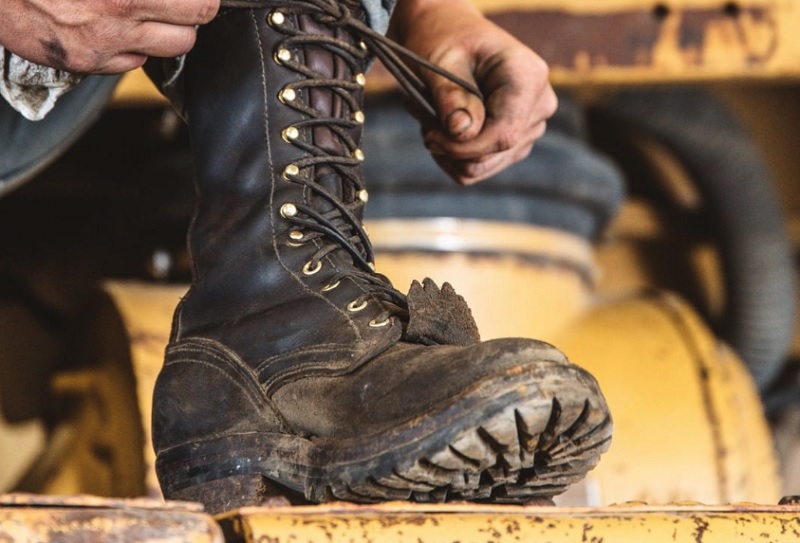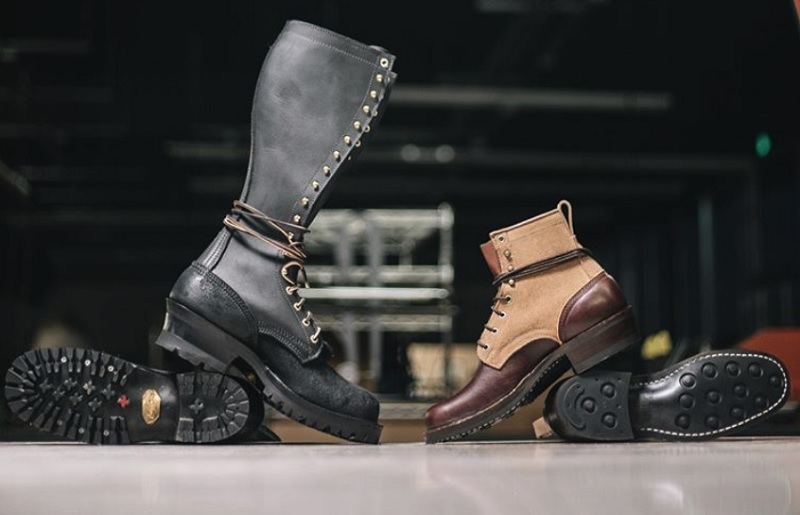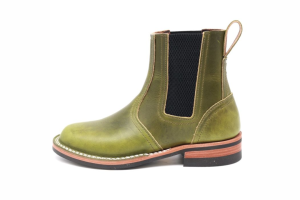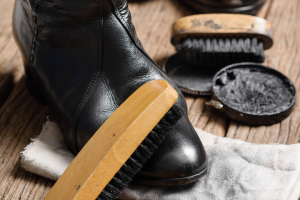When You Should Opt For Composite Toe Boots

You need a safety toe, but you wonder if you should opt for composite toe boots instead of the steel toe. After all, steel toe boxes can feel constrictive and can also make a pair of boots feel quite heavy.
A pair of custom work boots are a tool for a task, and you want to make sure that you have the right tool for the job that you need them for. The type of safety toe that you select is part of making sure that you're picking the right tool for the job.
What Is A Composite Safety Toe?
A composite safety toe is an insert built into the toe box of the boot. The toe box covers the toes and the top of the foot, offering protection against impacts, should your foot collide with anything or if anything should be dropped on your foot.
The material used is a composite, meaning a material made of man-made materials kind of like a plastic or a ceramic. Composites typically have the flexibility of plastics but also great strength in many cases. They don't stretch to the point of deformation as easily as plastics but don't shatter like ceramics.
Most composite toes are made from multiple layers of material, usually a durable woven layer such as Kevlar or woven nylon fabric, along with some sort of resin or carbon fiber, and often a plastic layer as well.
Composite safety toe boots, therefore, give you the protection that you need, but with more flexibility than steel toe boxes.
When You Should Consider Composite Toe Boots

Composite toe boots are for professions where toe protection is required (by regulation or by your employer) or at least is a very good idea to have, but the utmost of protection isn't quite called for or metal inserts may not be allowed.
What jobs would call for a safety toe boot but might rule out steel toe boots?
A lot of construction jobs require a safety toe, but also require a bit more flexibility than a steel toe boot may be able to offer. They are also standard equipment for electricians, as impact protection is necessary but preventing electric shock is as well.
Additionally, some airport personnel may require a safety toe but can't wear steel toe boots due to having to pass through a metal detector for work. Industrial laboratory technicians may also desire or need a safety toe, and production workers in light manufacturing roles may likewise want a safety toe without needing a full steel toe.
What many might not understand about composite toes is that they are rated by the American National Standards Institute to meet many of the same standards of protection. However, steel toe boots are called for when the utmost of protection is needed. When you need protection but don't explicitly need steel toes, composite toes are the better choice.
When Do I Absolutely Need Steel Toe Boots?
Chances are, you know if you need steel toe boots. Steel toes, along with metatarsal guards, are called for when the absolute utmost in abrasion or drop protection is required. Many people who work in a job that requires toe protection in their footwear are best-served with composite toe protection, as it offers almost as much protection as a steel toe but without the reduced toe room and allowing the boot to flex a bit more.
Professions requiring steel toe boots include heavy manufacturing, welding, heavy equipment mechanics and also many warehousing operations as well.
If you work with heavy objects or equipment, including heavy objects or equipment that's hoisted overhead, steel toe boots are a must. Many employers will require steel toe boots, and some professions are mandated to do so by federal law.
With that said, many jobs that require protection are just as well-served with composite toe safety boots.





